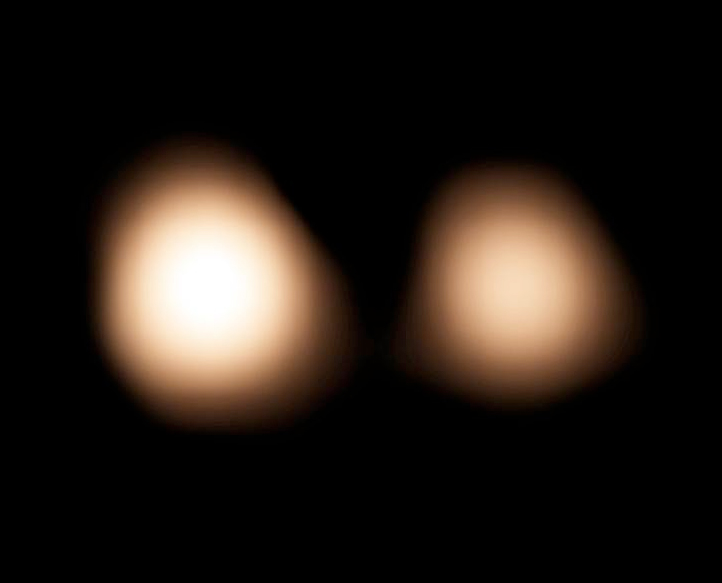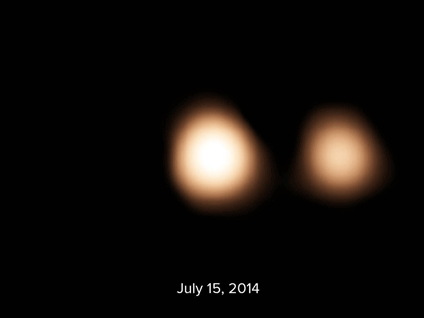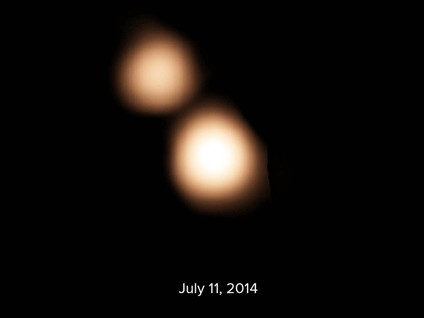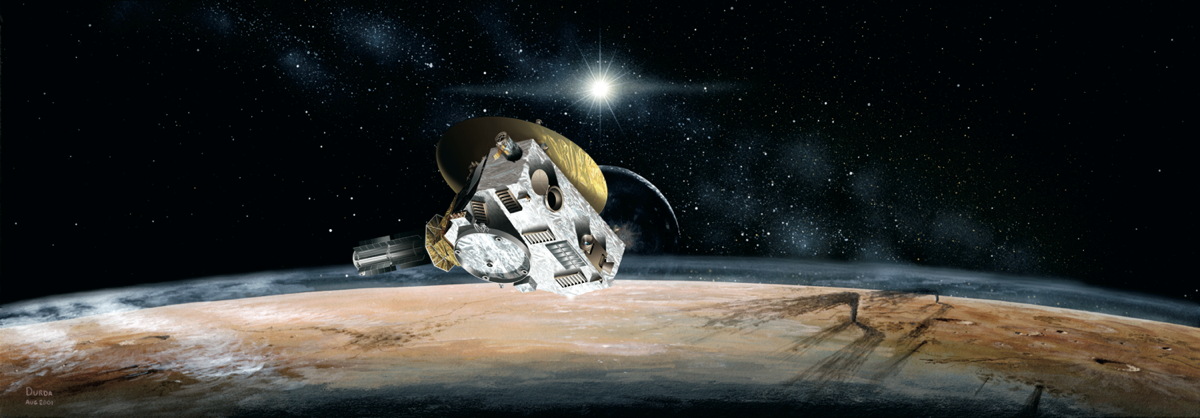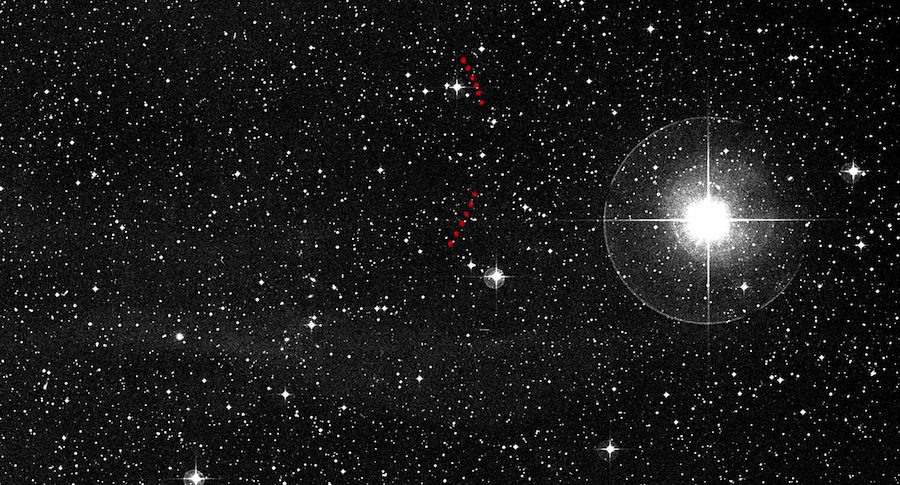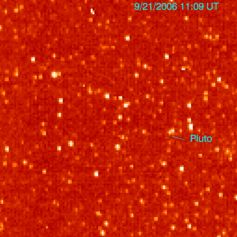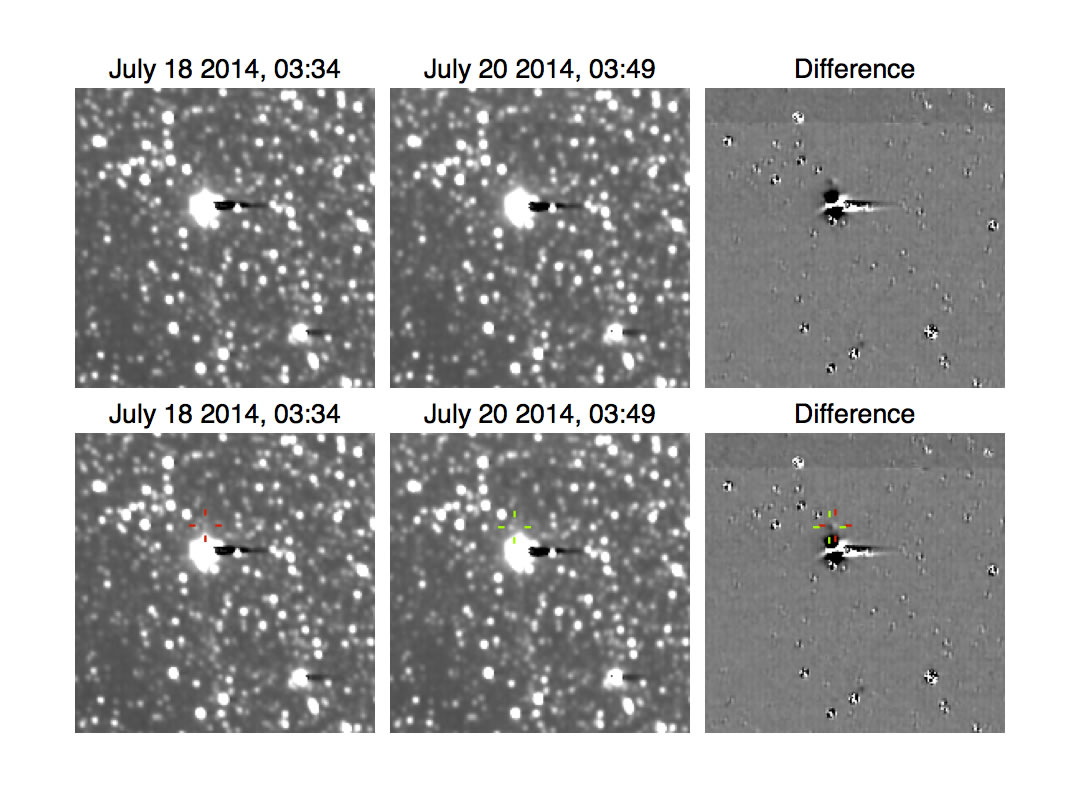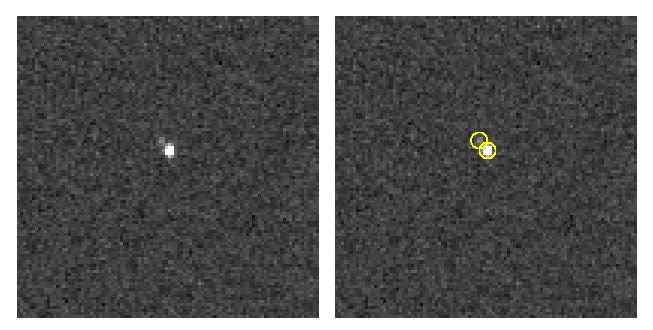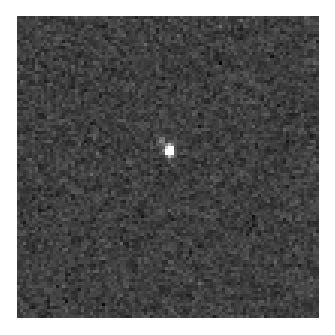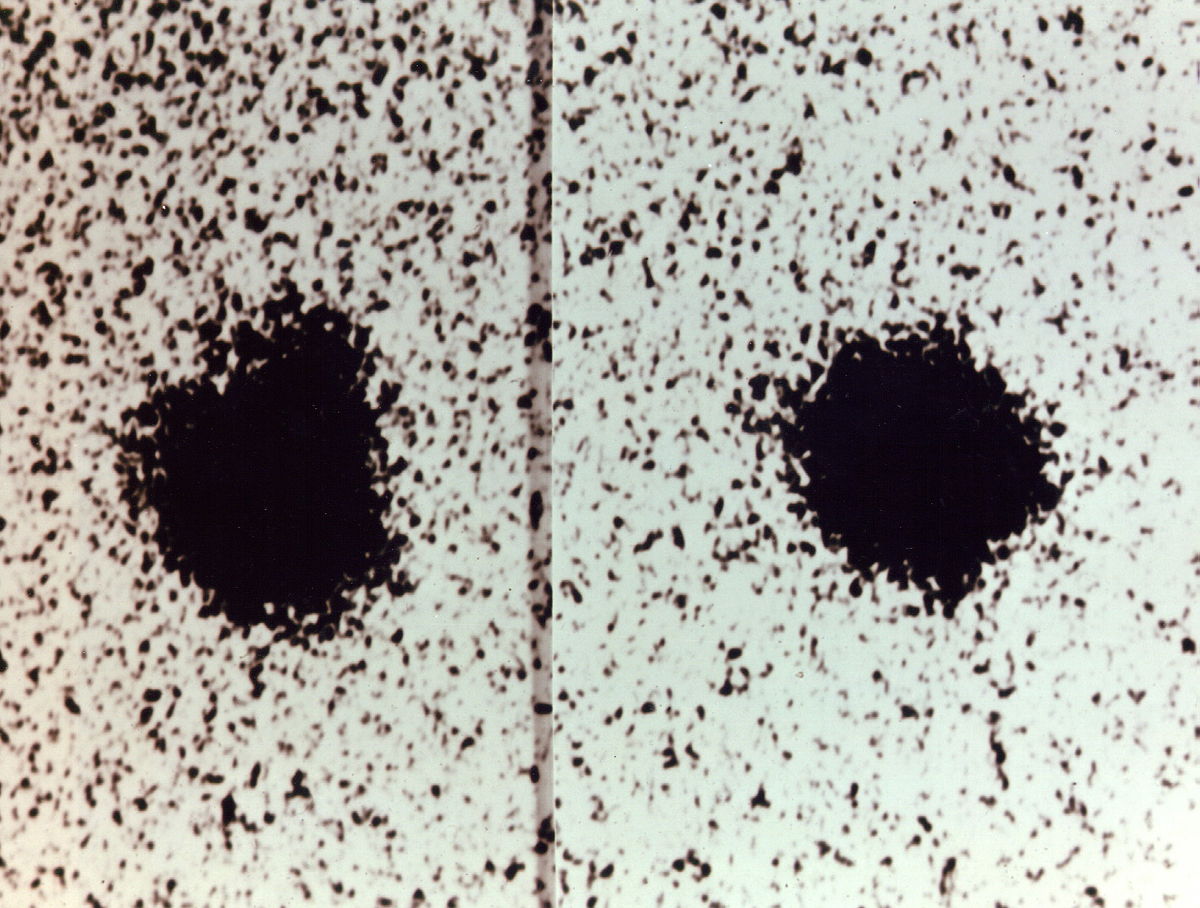Photos of Pluto and Its Moons
ALMA View of Pluto and Charon 2
ALMA radio observatory in Chile observed Pluto and its largest moon, Charon, on July 15, 2014.
Pluto and Charon on July 15, 2014
A still from an animated image of ALMA data shows the motion of the moon Charon around the icy dwarf planet Pluto on July 15, 2014.
Pluto and Charon on July 11, 2014
A still from an animated image of ALMA data shows the motion of the moon Charon around the icy dwarf planet Pluto on July 11, 2014.
Pluto Encounter Panoramic View
At its closest, NASA's New Horizons mission will fly within 6,200 miles of Pluto's surface.
Pluto
Pluto tracking across the night sky, May 8-20, 1997. The superimposed red points show the moving point that the JCMT measured for the dwarf planet and its moons during this time.
Pluto from New Horizons
First Pluto sighting from New Horizons.
Detection of Hydra by New Horizons
The detection of Hydra in the long-exposures taken by New Horizons' Long Range Reconnaissance Imager (LORRI).
Breaking space news, the latest updates on rocket launches, skywatching events and more!
Pluto and Charon Seen by New Horizons
New Horizons LOng Range Reconnaissance Imager (LORRI) composite image showing the detection of Pluto’s largest moon, Charon, cleanly separated from Pluto itself. The frame on the left is an average of six different LORRI images, each taken with an exposure time of 0.1 second. The frame to the right is the same composite image but with Pluto and Charon circled; Pluto is the brighter object near the center and Charon is the fainter object near its 11 o’clock position. Images released July 10, 2013. [Read the Full Story]
Charon Visible Orbiting Pluto
Charon is visible for the first time in pictures taken by the Pluto-bound New Horizons spacecraft. Image released July 10, 2013. [Read the Full Story]
Charon as a 'Bump' on Pluto
Charon is visible as a “bump” moving around Pluto in the moon’s discovery images, taken with the 1.55-meter (61-inch) Kaj Strand Astrometric Reflector at the U.S. Naval Observatory’s Flagstaff Station in 1978. [Read the Full Story]

Space.com is the premier source of space exploration, innovation and astronomy news, chronicling (and celebrating) humanity's ongoing expansion across the final frontier. Originally founded in 1999, Space.com is, and always has been, the passion of writers and editors who are space fans and also trained journalists. Our current news team consists of Editor-in-Chief Tariq Malik; Editor Hanneke Weitering, Senior Space Writer Mike Wall; Senior Writer Meghan Bartels; Senior Writer Chelsea Gohd, Senior Writer Tereza Pultarova and Staff Writer Alexander Cox, focusing on e-commerce. Senior Producer Steve Spaleta oversees our space videos, with Diana Whitcroft as our Social Media Editor.
